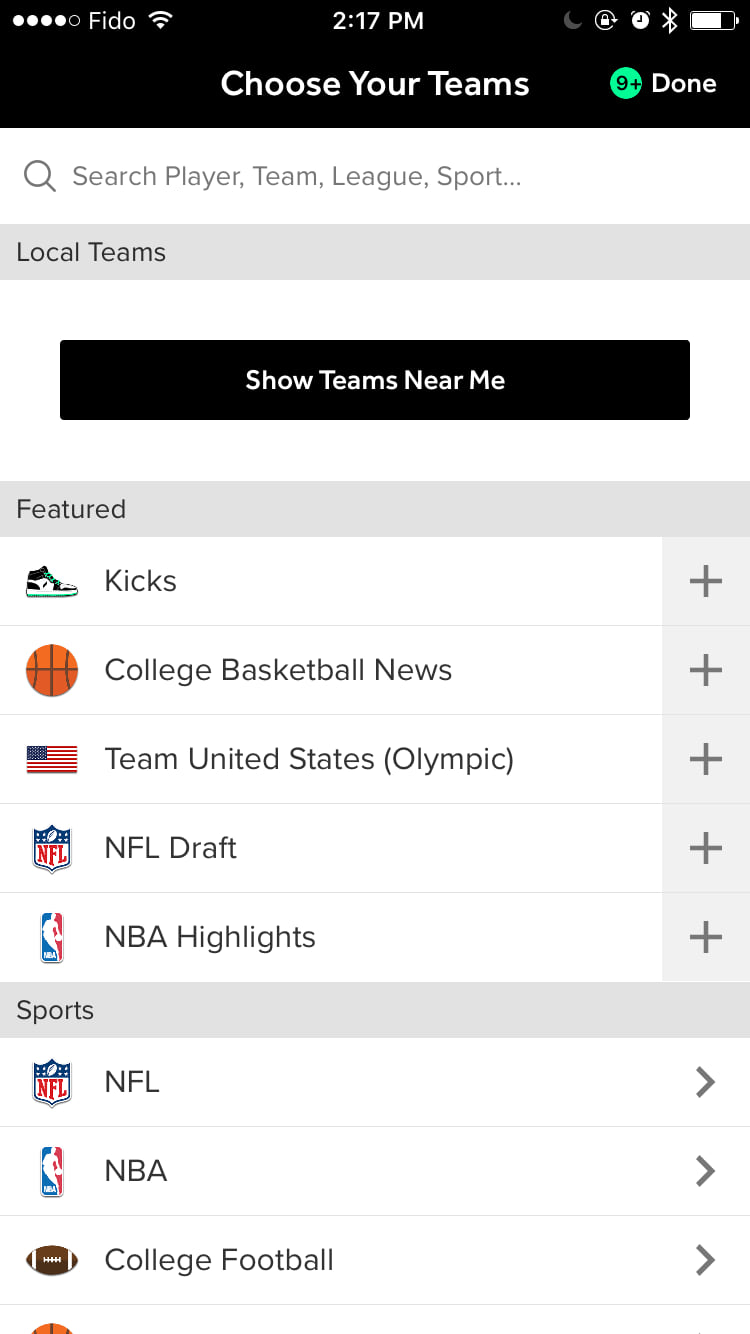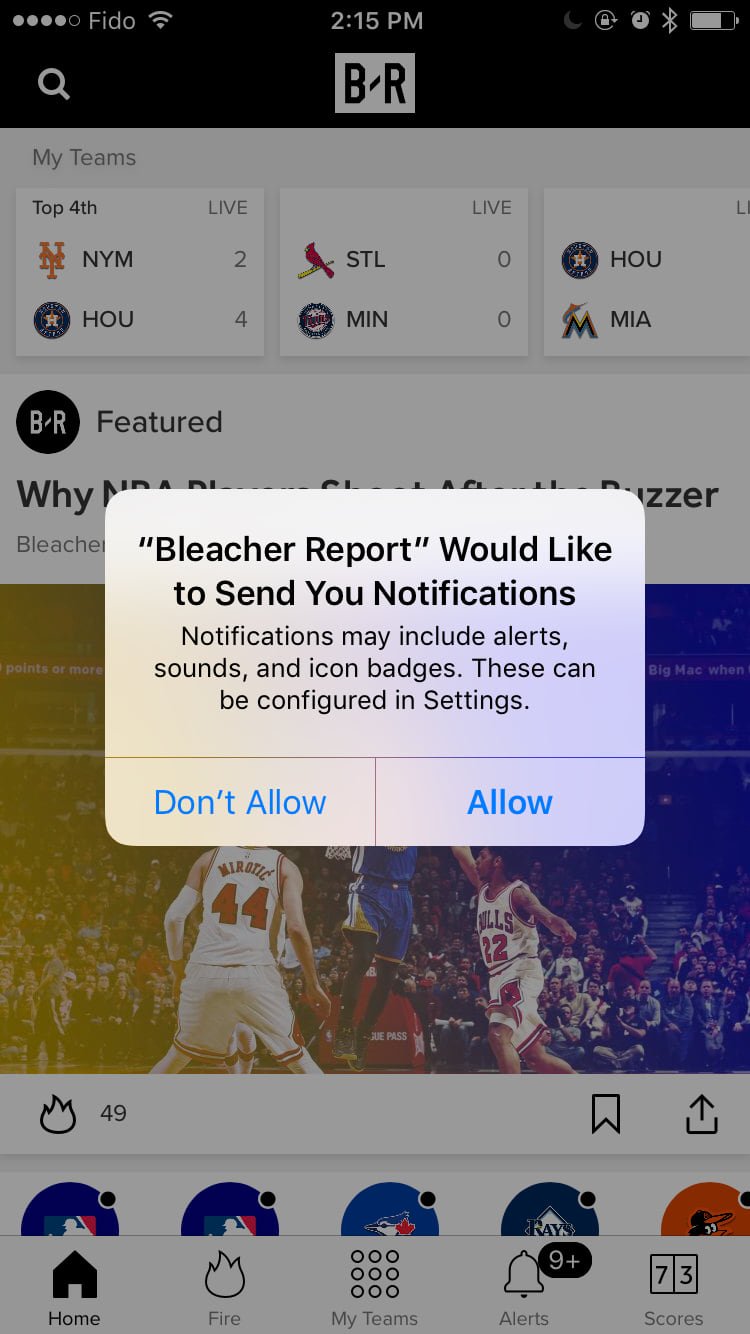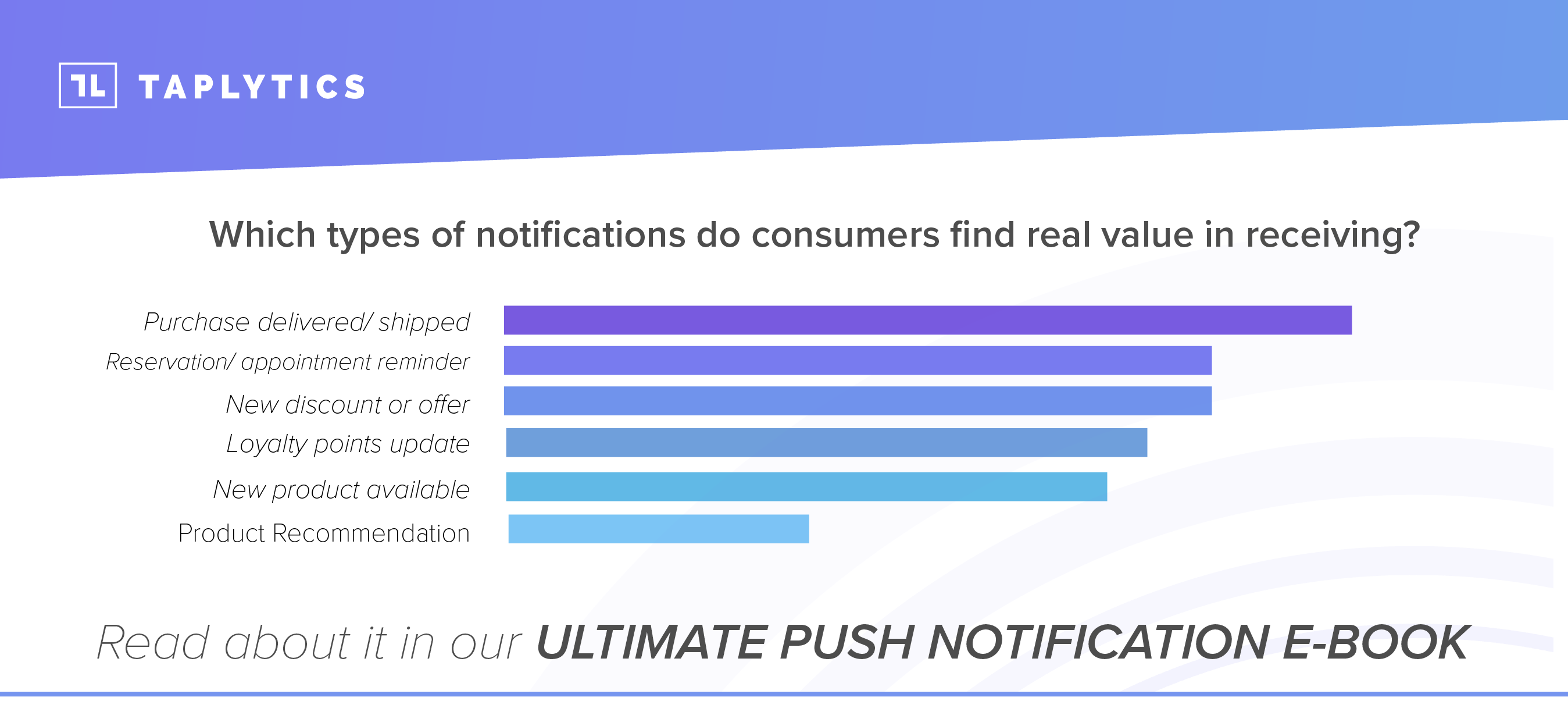How to Increase Customer Push Notification Engagement
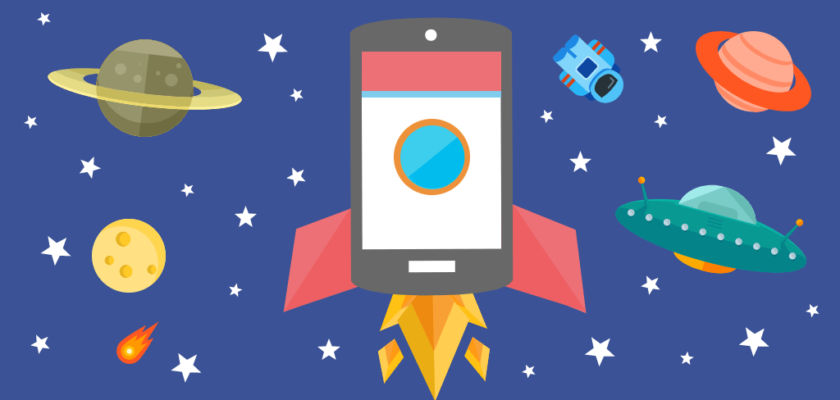
HINT: It’s not by sending more push notifications
Push notifications have become a popular way of engaging customers in a brand’s mobile app similar to how email connects customers to websites. We have seen many brands using tactics like personalized marketing to improve push notification engagement, but we have also seen that the number of notifications being sent daily has greatly increased. Due to the volume of push notifications, customers have become desensitized to push messages, with an average of only 40% opting-in to receive them. Sending more will not increase your push notification engagement rate.
Most brands accept the low rate of opt-ins and elect to send more push notifications in hopes of increasing engagement. However, if brands are truly seeking a return on investment from mobile marketing solutions like push notifications, they need to make sure that they are able to send them to as many of their customers as possible instead of spamming the same base over and over again.
Crafting the right ask is where many brands go wrong, so this post will explore how to engage more of your mobile app customers with customized push notification opt-in prompts.
Learn the best practices of personalization for push notifications to deliver delightful app experiences in our free guide!
Push Notification Opt-Ins
Push notifications opt-ins are typically presented upon initial onboarding or setup of a mobile app. Google and Apple both have their own prompts for turning on push notifications, however, brands can send feelers out to ask for permission before presenting the Google and Apple prompts.
This feeler, or initial push notification ask, is where brands can control the timing and messaging of the ask to make it feel more friendly and helpful than the stock version. Below are some examples of how brands succeed in gaining permission to send notifications:
Ask at the right time
Some brands choose to pop the question right away during setup of the app, whereas others will choose to wait until the customer has seen value, then ask for permission based on the opportunity to further that value.
For example, some banking apps ask for permission when their customers get a paycheck deposited into their account. Who wouldn’t want to be notified when they receive money? Asking the user to opt-in when they’re eager for updates will set you up for greater success.
Communicate the Value
What will your customers get out of your push notifications? Let them know! It is important to communicate the value of your push notifications and how your customers will benefit by accepting them. Based on their past in-app actions or customer profile, you can present them with compelling and personalized reasons to look forward to push notifications from you.
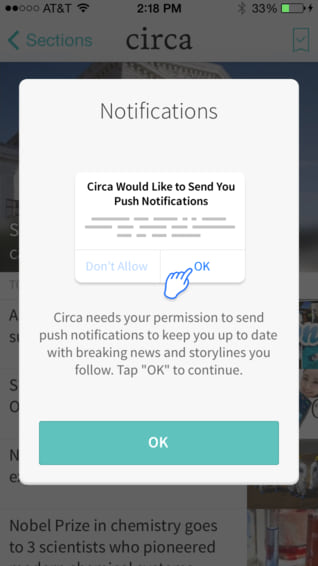
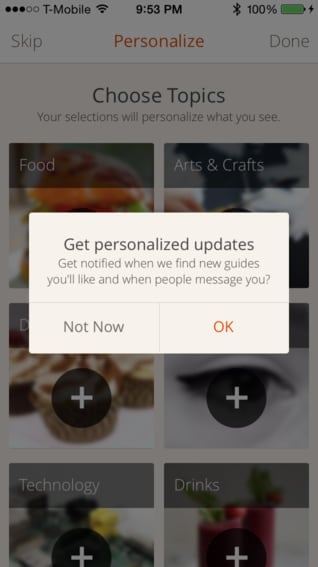
Tip: You can even personalize the messaging of the CTA to increase chance of opt-in even further! Often, a friendly, conversational toned button will get more clicks than a formal, instructional one.
Be Interactive
Find a way to make opting-in to push notifications fun and interactive for your customer. As noted above, customers are more likely to opt-in to push notifications when receiving positive feedback from activities done within the app. Some apps, like the Bleacher Report, will ask the question during an interactive onboarding and setup of the app.
Tip: Ask if they would like to receive notifications of their favourite teams once they have selected favourite teams during setup.
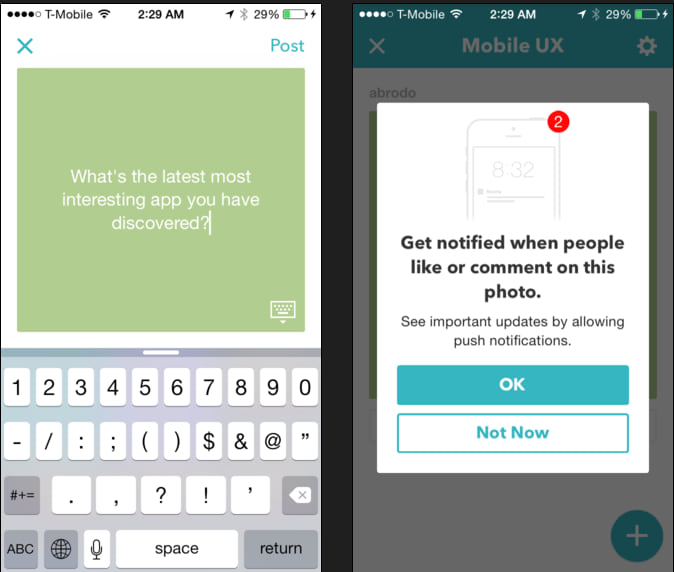
Be Hyper-Personalized
As brands start to focus more on their customer experience, it is important to treat customers not as segments, but as individuals. Consider not only the actions of your customers when asking for push notification permissions but their customer traits as well. Certain customers will resonate with different value propositions that will help them understand the value of the push notifications they receive.
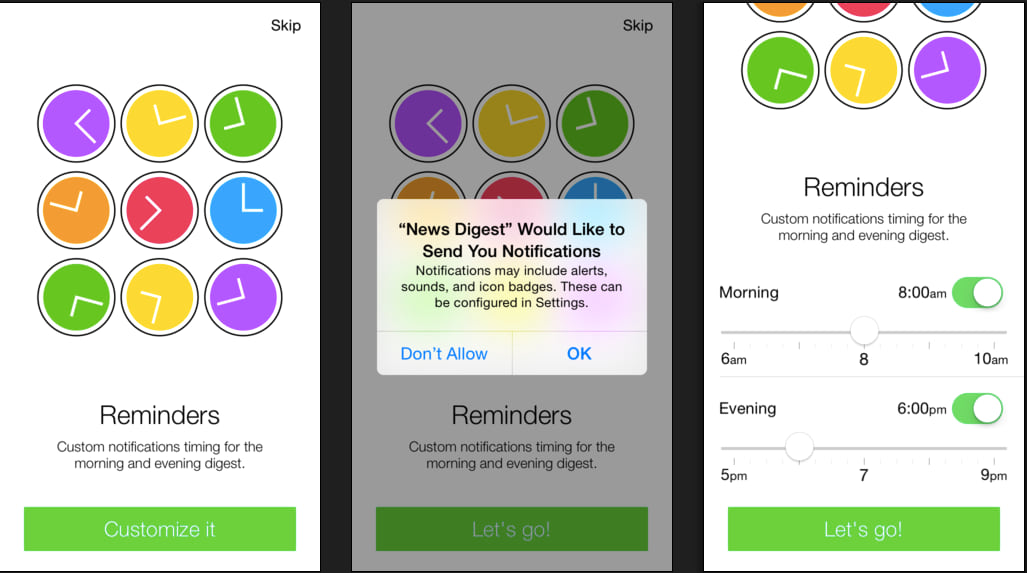
How to decide what works best
Like many digital products and features, it’s difficult to know what your customers like best. We’ve outlined several ways that you can work to improve your opt-in rate, but how do you know which will work for you?
A/B Test
Test, iterate, and learn! This is our bread and butter here at Taplytics, and many brands we work with have been successful in finding their voice by testing everything from messaging to the timing of their push notification permissions.
RELATED: Read “What to A/B test for the best user onboarding results”
Combine customer touch points into a customer journey
Customer touch points have grown from traditional channels like television and print ads to digital channels like mobile apps, social networks, and digital media platforms. With each additional channel of engagement added, the customer has even more ways to interact with brands to form opinions and relationships.
It’s important to remember that push notifications are but one touch point in this complex customer journey. Brands need to seek to continue to add value whenever reaching out to engage or re-engage their customers at every touch point.
Sources

